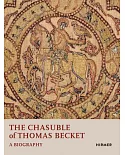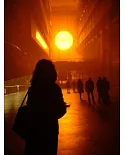Underlying the religious art of the Renaissance is a tension between the needs of the Church and the impulse to create great works. This beautifully illustrated book presents sacred images
from the 15th and 16th centuries, leading up to two pivotal events in 1563. The Council of Trent, which signified the beginning of the Counter-Reformation, defined requirements that curtailed
the freedom of painters and patrons in creating art for churches, while the founding of the Accademia del Disegno in Florence symbolically acknowledged that artists had achieved the status of
creators not craftsmen. Marcia B. Hall takes a fresh look at some of the greatest painters of the Italian Renaissance not typically associated with sacred imagery and shows how they navigated
their way through the paradox of "limited freedom" to forge a new kind of religious art.





















